Hospital beds are not exclusive to medical care facilities anymore. As more individuals seek to improve their healthcare experiences at home, the demand for hospital beds designed for home use has increased significantly. These specialized beds offer comfort, safety, and convenience for patients and caregivers alike. In this article, we will delve into the different types of hospital beds available for home use. Whether you are considering investing in one for a loved one or seeking to upgrade your medical equipment rental business, understanding the options is crucial. 1. Adjustable Beds: One of the most popular types of hospital beds for home use is the adjustable bed.
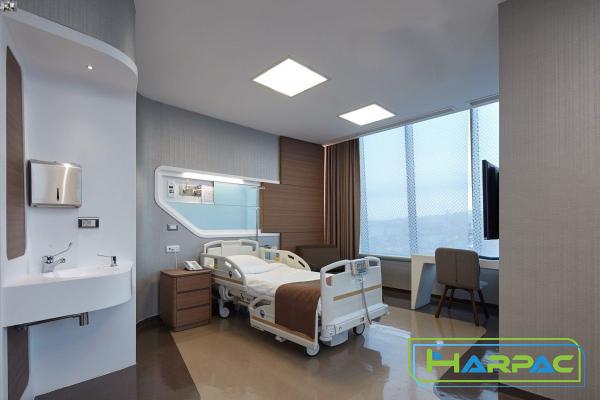
.
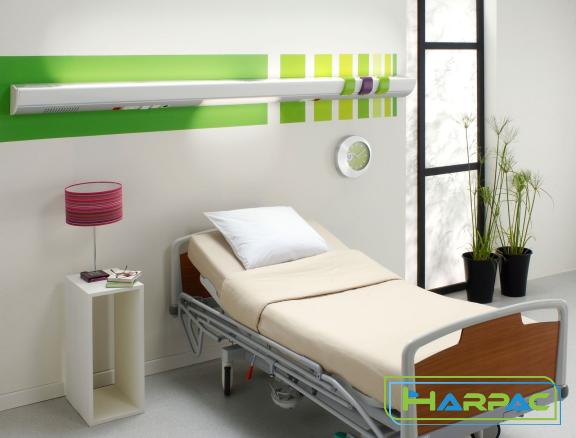 These beds come with a range of positioning capabilities that allow users to find their preferred level of comfort. Adjustable beds can be electronically controlled, enabling users to raise or lower the head, foot, or both sections of the bed. This feature is particularly beneficial for individuals with medical conditions such as acid reflux, circulation issues, or respiratory problems. 2. Bariatric Beds: Bariatric beds cater to individuals who require extra support due to their size or weight. These beds are built to withstand heavy loads, providing a safe and comfortable environment for plus-sized patients. Bariatric beds typically come with a higher weight capacity, wider mattresses, and reinforced frames to ensure stability and durability. 3. Low Beds: Low beds, also known as low-height beds, are designed with a low profile close to the floor.
These beds come with a range of positioning capabilities that allow users to find their preferred level of comfort. Adjustable beds can be electronically controlled, enabling users to raise or lower the head, foot, or both sections of the bed. This feature is particularly beneficial for individuals with medical conditions such as acid reflux, circulation issues, or respiratory problems. 2. Bariatric Beds: Bariatric beds cater to individuals who require extra support due to their size or weight. These beds are built to withstand heavy loads, providing a safe and comfortable environment for plus-sized patients. Bariatric beds typically come with a higher weight capacity, wider mattresses, and reinforced frames to ensure stability and durability. 3. Low Beds: Low beds, also known as low-height beds, are designed with a low profile close to the floor.
..
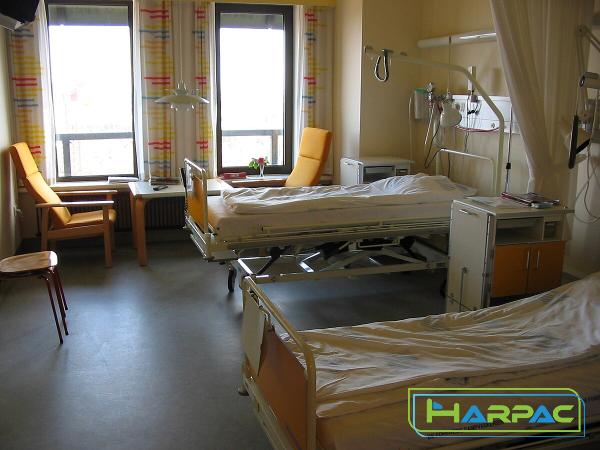 These beds offer several advantages, particularly for individuals who are at risk of falling or have limited mobility. The low height reduces the risk of injury from falls, making it easier for patients to get in and out of bed independently or with minimal assistance. Moreover, low beds can provide a sense of familiarity for those transitioning from a hospital stay to home care. 4. Trendelenburg Beds: Trendelenburg beds are designed for patients who require their entire body to be positioned at an incline or decline. These beds can be tilted, with the head lower than the feet (Trendelenburg position) or the feet lower than the head (reverse Trendelenburg position). Trendelenburg beds are commonly used in critical care settings and can be beneficial for patients with conditions such as cardiovascular issues, respiratory difficulties, or swelling in the lower extremities.
These beds offer several advantages, particularly for individuals who are at risk of falling or have limited mobility. The low height reduces the risk of injury from falls, making it easier for patients to get in and out of bed independently or with minimal assistance. Moreover, low beds can provide a sense of familiarity for those transitioning from a hospital stay to home care. 4. Trendelenburg Beds: Trendelenburg beds are designed for patients who require their entire body to be positioned at an incline or decline. These beds can be tilted, with the head lower than the feet (Trendelenburg position) or the feet lower than the head (reverse Trendelenburg position). Trendelenburg beds are commonly used in critical care settings and can be beneficial for patients with conditions such as cardiovascular issues, respiratory difficulties, or swelling in the lower extremities.
…
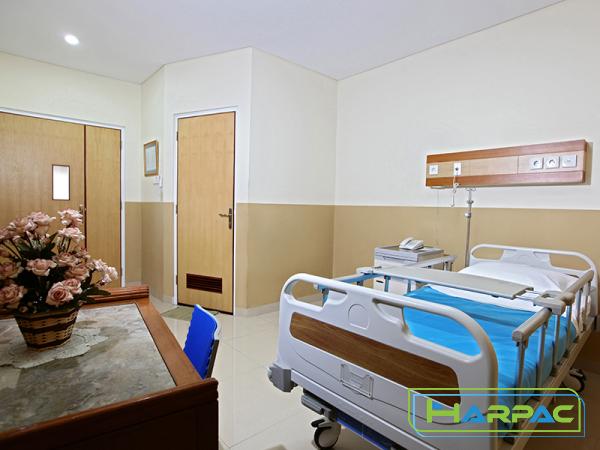 5. Overbed Tables: While not technically a type of bed, overbed tables are an essential accessory commonly used alongside hospital beds in both medical facilities and home settings. These tables provide a convenient surface for patients to eat, work, read, or engage in other activities while remaining comfortably in bed. Overbed tables are typically adjustable in height and can be easily maneuvered to accommodate individual preferences. Conclusion: Investing in a hospital bed for home use can significantly enhance the quality of life for patients and alleviate some of the caregiving challenges faced by their loved ones. The type of bed chosen should be based on individual needs, preferences, and medical requirements. By understanding the different types of hospital beds available, individuals and businesses can make informed decisions to ensure the utmost comfort, safety, and well-being of those they care for.
5. Overbed Tables: While not technically a type of bed, overbed tables are an essential accessory commonly used alongside hospital beds in both medical facilities and home settings. These tables provide a convenient surface for patients to eat, work, read, or engage in other activities while remaining comfortably in bed. Overbed tables are typically adjustable in height and can be easily maneuvered to accommodate individual preferences. Conclusion: Investing in a hospital bed for home use can significantly enhance the quality of life for patients and alleviate some of the caregiving challenges faced by their loved ones. The type of bed chosen should be based on individual needs, preferences, and medical requirements. By understanding the different types of hospital beds available, individuals and businesses can make informed decisions to ensure the utmost comfort, safety, and well-being of those they care for.
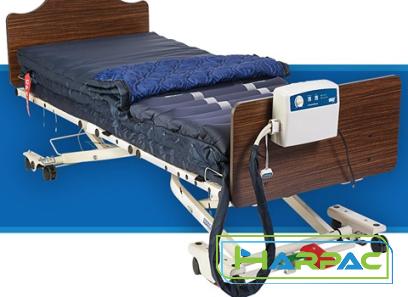

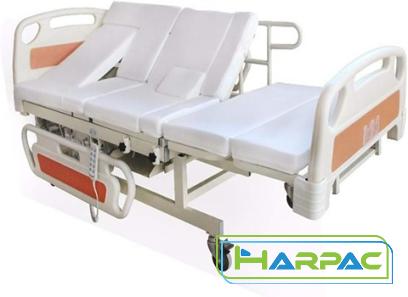
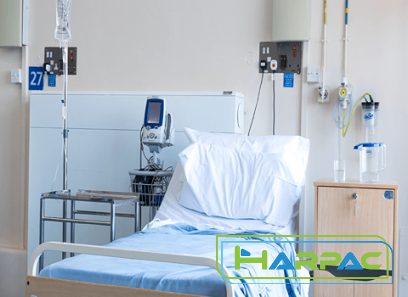
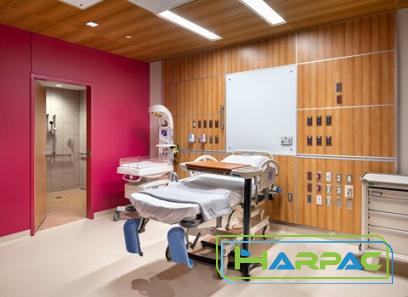
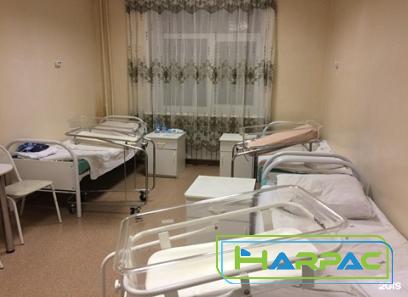
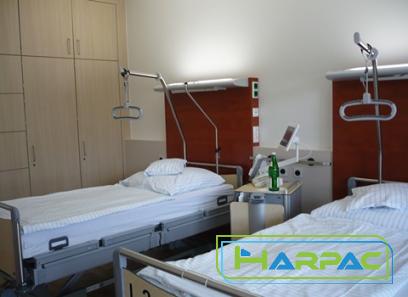
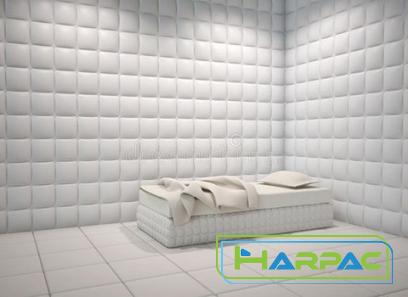

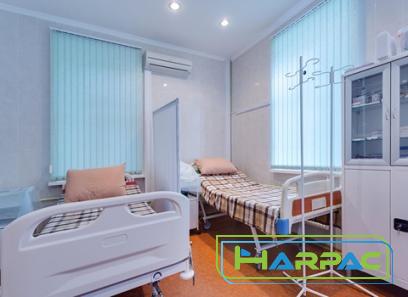
Your comment submitted.